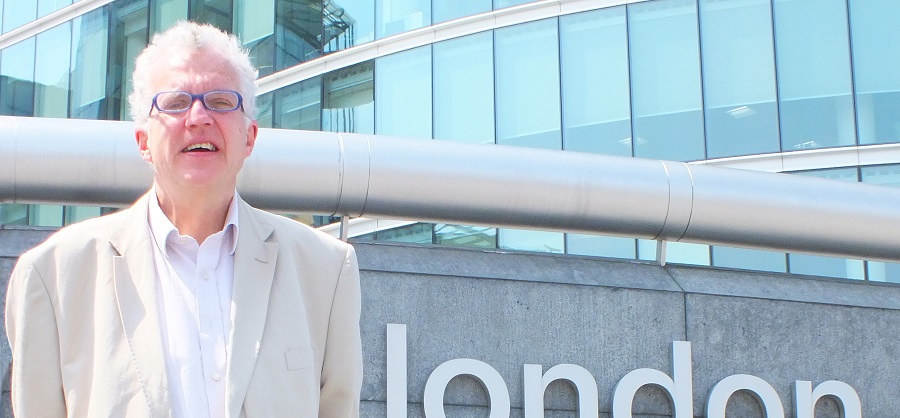Transport expert Christian Wolmar argues that the prima facie evidence for the cause of Sunday’s Tube crash at Camden Town points to privatisation
After the derailment at Camden Town Tube station, passengers will be quite understandably concerned about safety on the Tube. The important thing is not to panic. The system is extremely safe, in many respects even more than the main line railways which, themselves, rarely have accidents.
For example, the Tube has a system of protection which means that if a driver mistakenly goes through a red light, the train is stopped automatically. Much work, too, has gone into preventing fires since the King’s Cross disaster in 1987, and the other big risk, flooding, has also been the subject of an enormous amount of preventive measures in the past decade.
So if you are thinking that it is better to walk or even take the bus to work because that may be safer, you would be making a serious mistake.
However, there is one bit of bad news. The two derailments – there was a prior one near Baron’s Court on the Piccadilly Line two days before the Camden Town incident – are quite exceptional. The Health and Safety Executive statistics over the past few years show that in a bad year there were three derailments and in a good one, none. To have two over one weekend is exceptional. It may, of course, be a statistical blip, but it could possibly also suggest that something serious is amiss.
The obvious factor in the dock is the Public Private Partnership, the controversial scheme pushed through by the government in an attempt to get the private sector to invest in the Underground system.
Under the PPP, the maintenance of the infrastructure and trains has been handed over to private companies under 30-year contracts which are highly lucrative, while the operation of the system remains in public hands.
Such a break up is daft and may, as Ken Livingstone, the mayor who has opposed PPP throughout, put it, mean that “the Tube is safe but not as safe as it ought to be”.
Why? First, because railways operate best as a unified system under one management and to break a system up in this way means that there are lots of interfaces between different companies which could result in a breakdown in communication that compromises safety.
Secondly, the contracts are performance-based. That means the contractors get considerable amounts of extra money if they manage to reduce the delays experienced by passengers.
That could lead to the temptation to cut corners, say by not imposing a speed restriction on a dodgy piece of line or doing a repair too quickly. Certainly, one of the underlying causes of the Hatfield train crash in October 2000, the result of a cracked rail being left unrepaired, was the pressure to minimise delays because Railtrack had to pay substantial penalties for causing them.
And thirdly, because the PPP contractors have brought on a whole new set of people new to the railway. In the past, staff often worked for the Underground for their entire careers and acquired considerable experience and knowledge. Now, recognising that many inexperienced people work for the organisation or carry out tasks on contract, all parties are subject to a safety case before working on the system. But that is a paper-based box-ticking exercise which cannot replace that hidden reservoir of knowledge inside people’s heads.
It is too early to say whether the PPP is to blame for what happened last weekend. But, to put the matter in legal terms, there is certainly a case for the PPP to answer and, hopefully, the investigations into these accidents will uncover any underlying problems with this new system.
The Tube is still safe, but persuading the public that it is will be an uphill task for London Transport after last weekend’s bizarre events.
